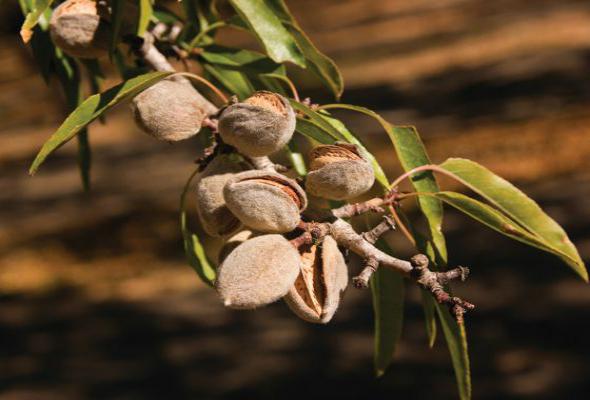AECA Hammers PG&E Over Energy Rates for Agriculture
Many of California’s farmers and rural residents are paying triple the national average for energy rates. Recent spikes at the gas pumps and on natural gas bills are in the spotlight as the Legislature kicks off a new session and explores policy options for reining in the costs. Fending off a reputation for skyrocketing rates and for igniting catastrophic wildfires, Pacific Gas & Electric was on defense last week during an oversight hearing on energy affordability for the Assembly Utilities and Energy Committee. Michael Boccadoro, executive director of the Agricultural Energy Consumers Association (AECA), ran through a litany of complaints with the investor-owned utility that he racked up during his 30 years of lobbying on energy costs. “If they’re doing all these efforts to reduce costs, why are they proposing to increase rates in 2023 alone by 36%—to 9.1 cents a kilowatt hour?” asked Boccadoro, as he chastised PG&E for proposing increases through at least 2026. “It’s a massive rate increase and it’s just the beginning.” He predicted rates for consumers and businesses will rise to four times the national average by 2030, far outpacing PG&E’s promise to maintain them at or below the level of inflation. Boccadoro said the high rates put his farmers “at a huge competitive disadvantage to farming operations in other parts of the country.” He pushed lawmakers to find ways to shift costs out of the rate base to the companies for shouldering investments in undergrounding power lines for wildfire hardening while also planning for a surge in demand from electric vehicles and a major transition to renewable energy. “If you don’t have skin in the game, you’re not really truly concerned,” he said. “Shareholder interests always take precedence over ratepayer interests with the investor-owned utilities.” Association President/CEO Roger Isom is the President of the Board for AECA, and Association Assistant Vice President Priscilla Rodriguez sits on the Board of AECA.


























